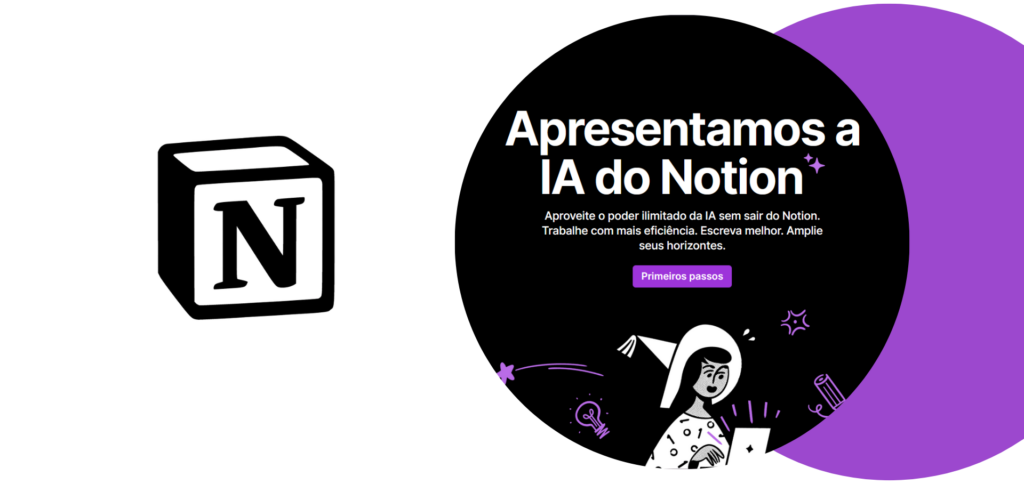With his mustache covered in ice, the glaciologist Peter Neff (@icy_pete) explains to his 220 thousand followers of TikTok that, in a sample of ancient ice excavated in the Allan Hills, in Antarctica, small air bubbles are encapsulated, remnants of a 100-year-old atmosphere. Greenhouse gases trapped inside carry precious information about Earth's past climate.
ADVERTISING
@icy_pete Yes I know I have an ice mustache. Coming to you live from #Antarctica on and off this winter (summer). #antarctiktok #science
♬ original sound – Dr. Peter Neff
“TikTok allows me to give people a lens through which they can embody the experience of being a climate scientist in Antarctica,” says Neff. “I share my insider perspective on how we produce important records of the past climate without having to spend a lot of time editing and playing all the games to create perfect content.”
Neff is one of 17 tiktokers and instagrammers listed on 2023 Climate Creators to Watch (🇬🇧), a collaboration between media startup Pique Action and the Harvard School of Public Health.
'We have a responsibility'
Some experts are also using the platform as a megaphone for climate action.
ADVERTISING
NASA climate scientist, Peter Kalmus, began posting videos on the platform after he was arrested in a civil disobedience action organized by the group Scientist Rebellion in Los Angeles in April 2022. “When you engage in civil disobedience, you are putting yourself at risk to try to obtain a positive benefit for the society. So you want this civil disobedience action to be seen by as many people as possible,” Kalmus told AFP.
Kalmus' most viral video is of him locked in the gates of the Wilson Air Center in Charlotte, North Carolina, giving a speech to protest carbon dioxide (CO2) emissions from private jets. Searcher sees your channel @climatehuman as a way of motivating, especially young people, to become activists.
@climatehuman #scientistprotest some thoughts on #climatedisobedience and risking arrest #peterkalmus
♬ original sound – Peter Kalmus
Bringing climate literacy to the TikTok it's a way of counteract climate-related misinformation, according Doug McNeall, climate scientist at the UK Met Office and professor at the University of Exeter. “Climate scientists need to show up,” said McNeall (@dougmcneall). “We have a responsibility to ensure that people who purposely promote climate misinformation don’t get a free headline,” she says.
ADVERTISING
@dougmcneall Climate science will affect every part of your life, for the rest of your life. #climate #climatescience #climatechange #climatecrisis #ecotok
♬ original sound – Dr. Doug McNeall
War against misinformation and climate fake news
An analysis by the public interest think tank Advance Democracy (USA) found that the number of video views of the TikTok using seven hashtags associated with climate change denialism, such as “#ClimateScam" It is "#FakeClimateChange“, increased by more than 50% throughout 2022, to 14 million views.
In February of this year, Doug McNeall and other experts like Alaina Woods (@thegarbagequeen) posted videos flagging unfounded theories that flourish on the platform about so-called “15-minute cities”.
What would be the '15-minute City'?
The concept is simple: an urban setting in which all amenities, such as parks and grocery stores, are accessible within a 15-minute walk or bike ride of a person's home, reducing CO2 emissions from car travel.
ADVERTISING
But the search for a “15-minute city” in TikTok reveals videos critical of the idea, stating that the schemes will restrict people's movements and impose fines for anyone leaving their neighborhood. To combat misinformation, scientists say they must first get users' attention.
“My strategy for getting young people interested in TikTok is similar to my teaching approach,” he said Jessica Allen, professor of renewable energy engineering at the University of Newcastle, Australia. “I try to engage my audience with memes or other funny things, rather than just providing dry information,” she told AFP.
@drjessallen Replying to @Dr Jess To include or not to include? We don't want double counting – but we do want responsibility. Thanks for the debate @circularityboss #scope3emissions #emissions #netzero #netzeropolicy #climatechange #globalwarming
♬ original sound – Dr Jess
No TikTok, Allen (@drjessallen) attempts to popularize the chemistry behind renewable energy, essential to achieving carbon neutrality. She shares clips analyzing complex chemical reactions and posts dances TikTok in your laboratory. “Scientists are normal people who can have fun,” she said.
ADVERTISING
Indeed, deconstructing the image of scientists trapped in their ivory towers could help climate experts reach a wider audience. “We often make the mistake of trying to make science look perfect and not fail like the rest of us,” Neff said. “On TikTok, we show the human basis of our research.”
(To AFP)
@curtonews Check out this compilation with tiktokers who address climate change in their videos! 📲
♬ original sound – Curto News
Read also
(🇬🇧): content in English
(*): Content in other languages translated by Google Tradutor
(🚥): may require registration and/or subscription




